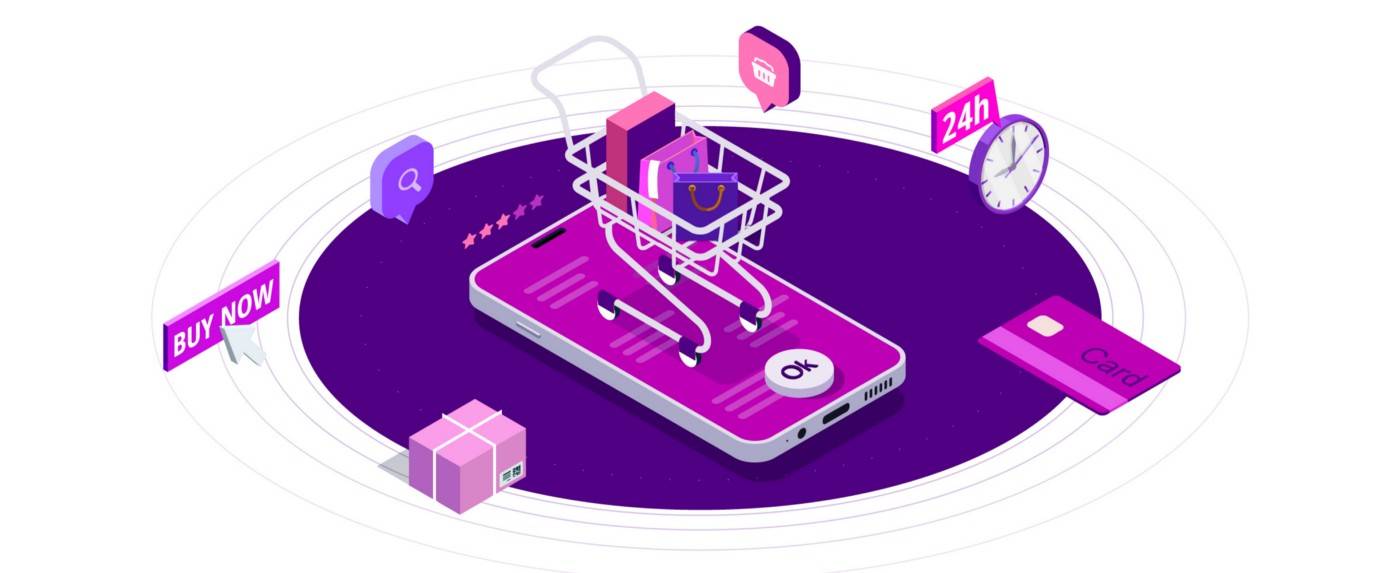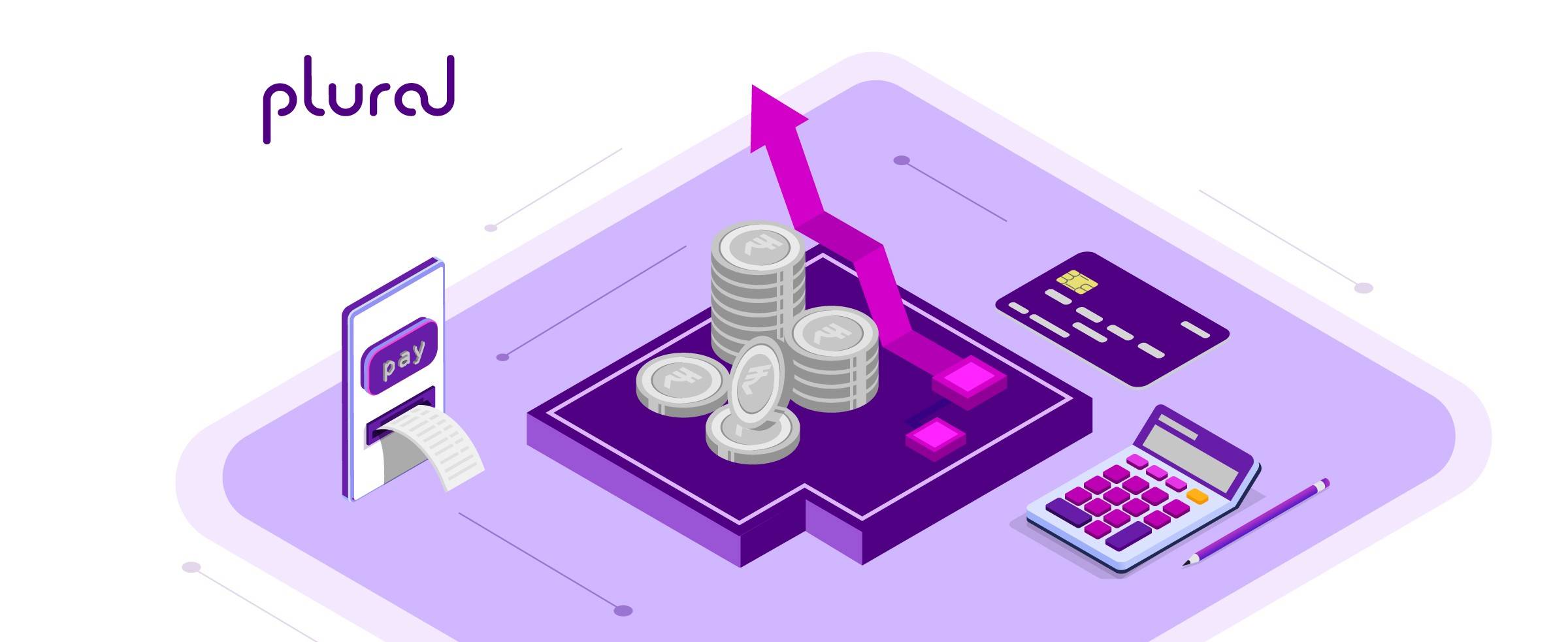As online shoppers, almost every one of us has spent hours browsing, selecting, and adding products to our shopping carts.
But sometimes, instead of making a purchase, we simply log out of the platform. This global phenomenon has come to be known as cart abandonment.
In 2021, the value of products and services abandoned in shopping carts without purchase was estimated to be $4T! The industry-wise abandonment rate from highest to lowest chronology is as follows — travel (81.1%), finance (80.4%), retail (75.6%), non-profit (75.6%), fashion (69.1%) and gaming (64.2%).
Telco, automotive, and airlines had the highest rates, while jewellery, cruise and ferry, and baby and child categories featured at the lower end of the cart abandonment rate graph.
However, the most interesting statistic is that $260B worth of abandoned cart losses were recoverable, provided companies invested in checkout flow optimisation.
How Cart Abandonment Impacts Businesses
Businesses need to understand that the impact of cart abandonment transcends revenue loss. The consequences of a high abandonment rate play out in multiple ways.
Here’s a quick rundown:
- Reduced Customer Lifetime Value (CLV): When a consumer abandons a higher number of products as compared to purchases, this reduces the overall profit margin the company can expect to earn through the customer’s life cycle on the platform.
- Increased acquisition costs: Cart abandonment is a symptom of a bigger problem. Businesses that cannot nudge customers to buy end up spending more on acquiring new customers.
- Inventory availability issues: As products lay abandoned in more and more carts, they will start appearing as unavailable to customers who want to purchase them. This results in an inventory flow and management problem.
- Consuming server bandwidth: Abandoned carts take up server bandwidth, which can translate to slower website speeds, especially as they start going into thousands of abandoned products.
- Inaccurate data: Occasionally, consumers visit a page multiple times, which can be interpreted in data insights as popular products. However, customer behaviour may still not translate into sales due to other intrinsic problems.
- Increased retargeting costs: There is a cost attached to retargeting the owners of abandoned carts. Instead, why not focus on making sure fewer carts are abandoned in the first place?
Top Reasons Why Consumers Abandon Carts
According to research by Baymard, the cart abandonment rate is as high as 68.8%. Almost 1 in 6 people abandon their carts because the checkout process is too complicated or time-consuming.

Today, consumer expectations from their go-to eCommerce platforms are extremely high. They want a seamless, clutter-free experience and to achieve their consumer goals in the least amount of clicks. Here’s a deeper look at the reasons why consumers abandon their shopping carts:
- They compulsorily need to create an account: Around 24% of users abandon carts for this reason. Consumers are always looking to save time when shopping. They might be commuting in the metro or waiting for a friend at a restaurant while doing it. If your platform requires them to register on it compulsorily, they might just drop off after filling their cart with products.
- The checkout process is too complex: Nearly 17% of consumers abandon their carts because the checkout process is too complicated. Consumers should ideally not have to go for more than 2 clicks to make their purchase. However, a lot of platforms have multiple steps or complex navigation that lead to consumers experiencing checkout fatigue.
- Discount codes don’t work: This can be extremely frustrating for shoppers and translates to a loss of credibility for the platform.
- High/hidden shipping costs: Consumers are extremely cost conscious. High shipping charges or charges that show up just as they check out can prove to be a downer. They may abandon the cart due to a difference in expectation.
- Security concerns: About 18% of shoppers abandon carts because they become suspicious of the legitimacy of a website if the payment gateway looks unfamiliar or if there is a lack of social proof. Lack of customer reviews, lack of familiar logos in the checkout process as well as a clunky checkout design can contribute to these perceptions.
Paying close attention to the checkout process can thus be a key driver in reducing cart abandonment.
How to Solve Cart Abandonment
Several issues can go wrong during the payment process. The page can timeout. Consumers may not understand what a CVV is. The OTP may take too long to reach the consumer. Businesses must build a robust process to close the checkout cycle.
Here are two important areas that businesses must focus on:
- Make payment checkouts seamless: Consumers love browsing products, but when it comes to checkouts, they want to do it in the least amount of time. By optimising checkout flow, companies can reduce the time taken to make payments. This entails ensuring seamless auto OTP-processing, auto and manual reloads if the page fails, and enabling auto-filling of banking details. This saves the consumer from having to manually type out details every time. They complete the process in a matter of two clicks.
- Solve for platform compatibility: Today, consumers use a range of smart devices and payment options. Ensuring that the checkout process is smooth with a few simple steps is pivotal. The checkout process must work flawlessly across iOS and Android devices as well as the website. Your platform must accept a wide range of payment options such as net banking, credit cards, and UPIs, to name a few. The more options, the more inclusive the payment checkout process, ensuring that cart abandonment does not occur due to a poor checkout experience. There must also be clear communication that the checkout process is complete.
In Conclusion
According to a survey by CSA, 77% of consumers said they preferred shopping on Amazon due to the simple checkout process.
While many of the problems associated with cart abandonment relate to the overall user journey, the cart abandonment rate can come down drastically if businesses ensure that the checkout process is a slam dunk.
Plural Checkout offers businesses a seamless experience by optimizing the checkout workflow. Consumers will be able to checkout using the least number of steps. For one, they do not need to manually type any details.
Plural Checkout integrates easily with all major platforms and languages, with the support of RESTful APIs and well-documented SDKs. Plural also offers robust consumer support to help businesses address all issues in real-time.
By introducing smooth checkout experiences, businesses can up their revenues, lengthen CLV, and reduce acquisition costs, which all translate to higher profitability.

Amrita Konaiagari is a Marketing Manager at Plural by Pine Labs and Editor of the Plural blog. She has over 10 years of marketing experience across Media & Tech industries and holds a Master’s degree in Communication and Journalism. She has a passion for home décor and is most definitely a dog person.



